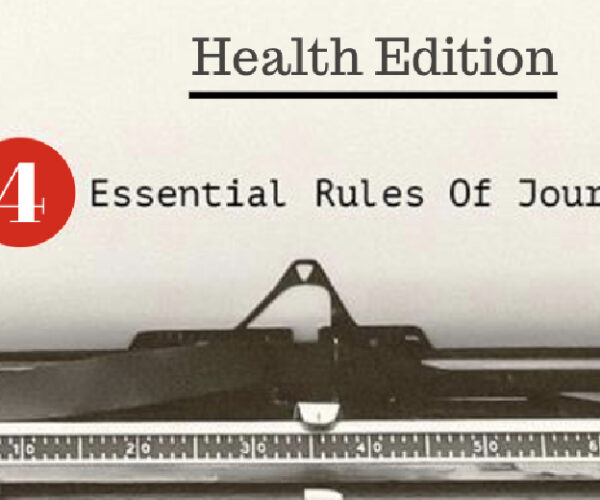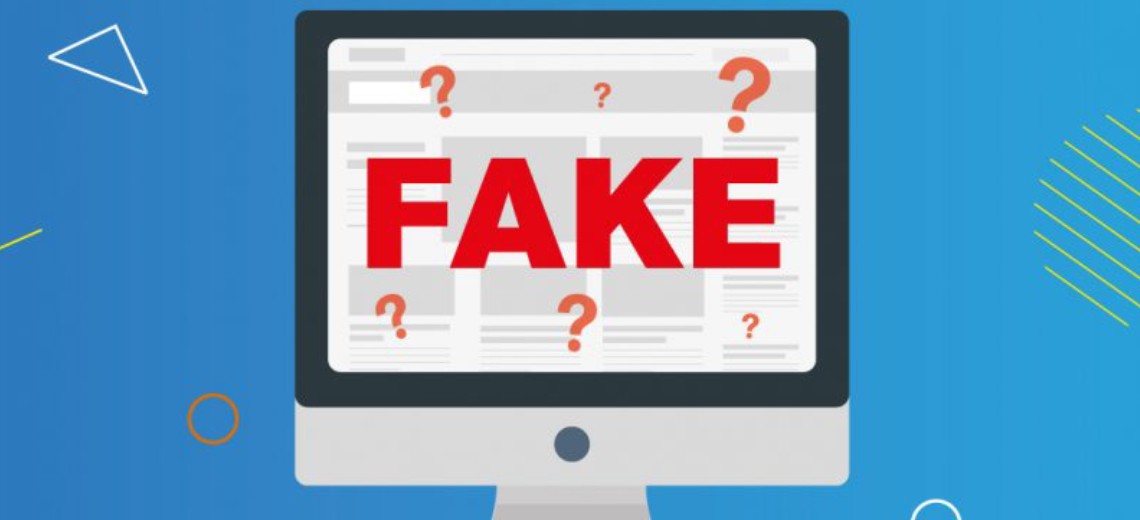Defining A Fake News Content
Reading news every day has become routine for everyone. Be it online or from a printed newspaper, and any news can impact the mindset of the individuals and society. Resembling authentic news, sometimes fake news looks accurate and genuine to believe. Real news that talks about the unexpected outbreak of diseases or earthquakes or sudden military strikes may stop once things return to normalcy. The Internet has penetrated our lives at all levels. To keep people entertained, they fill the pages with some news that will capture the attention of the readers. Today people who are under the age of 50 read most of the news online, and those who are under 30 read and watch news both online and on television.
Identifying Fake Content
All news cannot be fake news. We cannot expect all published news to be genuine. We need to use our reasoning skills to differentiate the fake from the real. Here are some clues to distinguish fake news from the actual. It is essential to check the credibility of the publisher. As most of your friends follow a website, it doesn’t mean that all content there is a fact worthy and accurate.
Domain names can help you find out if that site is original. Take care to check if the domain names looked unusual and resembled a unique website. It is better to read the “About Us” page and understand their focus and what they wanted to do. If the given email address sounds personal and not from a registered site, then we must realise that the content provided here may not be authentic. One more straightforward way to find out if it is reputed content is: there will be no spelling errors, no glaring sentences in all capitals and unnecessary punctuations. Content in reputed websites will follow grammatical standards and go through stringent proofreading.
Find Out More About : Supportive Biased Media And Politics
Checking Sources For Reference
To start with the check, how did you find the content? Be cautious to check where you first received that content. Did you read it as content as a feed in social media or in a website that is not authentic? Though you have received it from your reliable friend, never hesitate to check for its credibility.
Another easy way to find out is lacking citing sources that helped that contribution or lack of quotes that support the author’s point of view. Diligently gathered facts along with in-depth research, can only provide content that is free from all types of errors. Check the available databases in the library to check for resources that will confirm the reliability of the content. Visit a fact-checking website that will help you to verify the information you have received or gathered. Another method is to do a reverse search for the collected sources and images. By cross-checking the given cited references, you will be able to understand that the information has not undergone any alteration and they are presented as it is referred from the sources.






